Rainforest mammals list, with facts and pictures. Discover the amazing mammals that live in the world’s tropical rainforests.
Tropical Rainforest Mammals List: Introduction
Mammals are members of the animal class Mammalia. This incredibly varied group includes animals such as whales, bats, elephants and mice.
All mammals have certain things in common. For example, all mammals have hair, and the females of all mammals feed their young with milk produced by their own body.
- You can find out more about what makes a mammal a mammal here: Mammals: The Ultimate Guide.
- Discover more rainforest animals (including more mammals) here: Rainforest Animals List.
- Become an animal expert! Visit our main animals page: Animals: The Ultimate Guide.
Tropical rainforests are home to many of the world’s mammals. On this page, we’ve provided a list of rainforest mammals with pictures and facts. The mammals on this page reflect the variety of species in Mammalia, from manatees (swimming mammals) to flying foxes (flying mammals) – and everything in-between.
In this list you’ll also find dogs, cats, primates and many other weird and wonderful species. What’s your favorite animal in this list? Are there any rainforest mammals you want us to include? Let us know in the comments at the bottom of the page!
List of Rainforest Mammals with Pictures & Facts
Under the name of each animal you'll find the scientific name of the species in italics. If it's a group of species, we've included the type of group (e.g. genus, family, etc.) and the group name (not in italics).
Amazon River Dolphin
Inia geoffrensis
- Where Found: South America
- Conservation Status: Data Deficient
The Amazon River dolphin is a freshwater dolphin. It is found in the Amazon basin, the Madeira River in Bolivia, and the Orinoco basin.
(A ‘basin’ is the area that drains into a river.)
This aquatic mammal is a member of the group of animals known as the Odontoceti, or toothed whales. Other members of this group include the oceanic dolphins, the orca, and the sperm whale.
Adult Amazon River dolphins are a pink color. This gives the species its alternative name of ‘pink river dolphin’.
- You can find out more about this amazing animal here: Amazon River Dolphin Facts
Babirusa
Genus: Babyrousa
- Where Found: Asia
Babirusas are the most primitive of all pig species. The males of all four species of babirusa have four curved tusks. These are actually elongated canine teeth that grow through the skin of the snout.
Babirusas live on the banks of tropical rainforest rivers. They are found on the Indonesian islands of Sulawesi, Togian, Sula and Buru.
- You can find out more about these strange-looking pig-like animals here: North Sulawesi Babirusa Facts
Bald Uakari
Cacajao calvus
- Where Found: South America
- Conservation Status: Vulnerable
This distinctive rainforest primate has a bright red face, bald head, and long, shaggy coat. Unlike most other tree-dwelling monkeys, it has a very short tail.
The bald Uakari is found in flooded forests in western Brazil and Peru. It spends much of its life in the trees, living in troops of up to 50 individuals.
Colugo
Family: Cynocephalidae
- Where Found: Asia
- Conservation Status: Least Concern
Colugos are small rainforest mammals that glide from tree to tree using flaps of skin between their limbs as wings. They are the most skilled gliding mammals, able to travel 70 m (230 ft.) in one flight.
There are two species of colugo: the Philippine flying lemur Cynocephalus Volans, and the Sunda flying lemur, Galeopterus variegatus.
Despite being known as 'flying lemurs', colugos are not true lemurs.
Common Chimpanzee
Pan troglodytes
- Where Found: Africa
- Conservation Status: Endangered
Together with the bonobo, the common chimpanzee is our closest living relative in the animal kingdom. Common chimpanzees live in the rainforests of Central and West Africa.
These intelligent primates are able to use rocks and sticks as tools, and can be taught to communicate with humans using sign language.
Click here to find out more about this species
Crab-Eating Macaque
Macaca fascicularis
- Where Found: Asia
- Conservation Status: Least Concern
This rainforest monkey is also known as a long-tailed macaque on behalf of its long tail. It is found throughout Southeast Asia, and is an invasive species in several areas, including Hong Kong and Taiwan.
Despite being named for its ability to swim and dive for crabs, the crab-eating macaque is more likely to eat fruits and seeds. It will also eat crops and scavenge from human settlements, and is seen as a pest in some areas.
Flying Fox
Genus: Pteropus
- Where Found: Asia & Africa
Flying foxes are a group of large bats in the genus Pteropus. There are over 60 species of flying fox. They are found in Asia, Australia, and East Africa.
Flying foxes lack the ability to hunt using echolocation. They find food using their acute senses of vision and smell. Flying foxes are herbivores, and eat fruits, nectar and flowers.
Flying foxes are the world’s largest bats. One of the largest , the aptly-name Large flying fox, has a wingspan reaching 1.5 m (almost 5 ft.). It is found in the rainforests of Southeast Asia.
Fossa
Cryptoprocta ferox
- Where Found: Madagascar
- Conservation Status: Vulnerable
The fossa looks as if it should belong to the cat family. In fact, it’s in the family Eupleridae, which is also known as the Malagasy mongooses. The family contains the fossa and 9 other Madagascan carnivorans. It is closely related to the 'true' mongooses.
The fossa is endemic to Madagascar (i.e. it isn’t found anywhere else). It is the island’s largest meat eater. This fearsome rainforest predator hunts lemurs and a variety of other animals, including snakes, tenrecs and guinea fowl.
Click here to find out more about this species
Giant Anteater
Myrmecophaga tridactyla
- Where Found: South America
- Conservation Status: Vulnerable
The giant anteater is the largest anteater. It is found in Central and South America, and lives in a variety of habitats, including grasslands and rainforests.
The giant anteater hunts mainly by smell. It opens up the nests of ants and termites with its long claws, then uses its long, sticky tongue to mop up the insects.
Click here to find out more about this species
Giant Armadillo
Priodontes maximus
- Where Found: South America
- Conservation Status: Vulnerable
The giant armadillo lives up to its name, weighing up to 30 kg (66 lb.) in the wild and up to 80 kg (176 lb.) in captivity.
The armored scales of the armadillo provide protection from the insects on which it feeds. The giant armadillo has large front claws, which are used to tear open termite mounds.
The giant armadillo is found in grasslands, as well as in forested areas.
Giant Forest Hog
Hylochoerus meinertzhageni
- Where Found: Africa
- Conservation Status: Least Concern
The giant forest hog is found in the rainforests of west and central Africa. One of the largest members of the pig family, it can weigh up to 275 kg (606 lb).
This fierce and unpredictable rainforest mammal is avoided by locals, and has even been known to chase spotted hyenas from their prey.
Indri
Indri indri
- Where Found: Madagascar
- Conservation Status: Critically Endangered
The indri is the largest lemur. These black and white lemurs have long legs and are capable of jumping 10 m from tree to tree.
The indri makes loud wails and roars, and locals treat it with respect, choosing not to hunt it. Despite this, the indri is critically endangered. This is due mainly to habitat loss from logging and unsustainable agriculture.
Jaguarundi
Puma yagouaroundi
- Where Found: South America
- Conservation Status: Least Concern
The jaguarundi has short limbs, a flat head, and a long tail, giving it a weasel-like appearance. Because of this, other names for the jaguarondi include otter cat and weasel cat.
The jaguarundi’s coat ranges in color from brown-red to black, and does not have any markings.
Active by day, the jaguarundi hunts a variety of small animals, including rodents, reptiles and birds. It is a good climber and swimmer.
The jaguarondi inhabits the Amazon rainforest and is also found in other areas of central and South America. It is occasionally sighted in the United States.
- You can find out more about this animal here: Jaguarundi Facts
Javan Rhinoceros
Rhinoceros sondaicus
- Where Found: Asia
- Conservation Status: Critically Endangered
The critically endangered Javan rhinoceros is one of the rarest large mammals in the world. Today there are only around 40 to 60 left in the wild. They are found in Ujung Kulon National Park on the western tip of Java.
The Javan rhinoceros was hunted for its horn, which is used in Chinese medicine. Because there are so few Javan rhinoceroses left, it may be too late to save them.
The Javan rhino has heavily folded skin and the males have a single horn. These herbivorous animals eat shoots, leaves and fruit.
Leopard
Panthera pardus
- Where Found: Africa & Asia
- Conservation Status: Vulnerable
The leopard is the fourth biggest cat species. This graceful predator is found in a variety of habitats, including rainforests. It has the largest range of all of the big cats, being found in Asia and Africa. However, its population is thinly spread and fragmented.
The leopard hunts a wide range of prey, including antelopes, monkeys, deer, rodents, birds and fish. It is known to drag its prey up a tree to prevent it from being stolen by other predators such as lions and hyenas.
Click here to find out more about this species
Lesser Mouse-Deer
Tragulus kanchil
- Where Found: Asia
- Conservation Status: Least Concern
The lesser mouse deer is the world’s smallest hooved animal. It stands just 45 cm (18 in) tall when full grown. It is also known by several other names, including: lesser oriental chevrotain, lesser indo-Malayan chevrotain and lesser Malay chevrotain.
This tiny deer is herbivorous, feeding on shoots, leaves and fruits. It is most active at dawn and at dusk.
The lesser mouse deer is one of 10 species of chevrotain. All are small deer that live in rainforest habitats. The males have elongated canine teeth.
Manatee
Genus: Trichechus
- Where Found: North & South America, Africa
- Conservation Status: Vulnerable
Manatees are aquatic, mostly herbivorous mammals. They are found in estuaries, bays and lagoons on the coast, as well as in the freshwater rivers and lakes. They are able to live in brackish water (water that is salty, but not as salty as seawater).
Manatees can reach lengths of up to 4 m (13ft), and weigh up to 590 kg (1,300 lb). Their bodies are covered in fine hairs. These hairs give manatees their scientific name Trichechus, which means ‘to have hair’.
Click here to find out more about the West Indian manatee
Pangolin
Order: Pholidota
- Where Found: Africa & Asia
Some of the strangest-looking animals that you’ll find in this rainforest mammals list are the pangolins. The bodies of these small to medium-sized mammals are covered in scales. The scales are made of keratin, which is the same substance that your fingernails are made from. When threatened, pangolins curl up in a ball, protected by their scaly armor.
Pangolins walk on their hind legs with support from their tails. They have powerful claws, which are used for burrowing and for digging into termite mounds.
There are 8 species of pangolin. They are found in rainforests and other habitats in Africa and Asia. All are threatened due to being hunted for bush meat and for use in traditional medicines. They also suffer from habitat loss due to deforestation.
Click here to find out more about the giant pangolin
Peccary
Family: Tayassuidae
- Where Found: South America
The three (possibly four) species of peccary make up the family Tayassuidae. This group of animals is also known as the new world pigs. Peccaries are related to pigs, but are not in the pig family Suidae.
The collared peccary and white-lipped peccary are both found in the rainforests of Central and South America. The collared peccary can also live in scrublands, and its range includes parts of south western USA. It can be seen in the outskirts of Phoenix and Tucson in Arizona.
Potto
Perodicticus potto
- Where Found: South America
- Conservation Status: Least Concern
The potto is a member of Strepsirrhini, a group of primates that also includes lemurs, bushbabies and lorises. It is found in the rainforests of western Africa.
This nocturnal creature lives in the rainforest canopy. It moves very slowly, and will freeze if it spots a predator. On its neck is a spiny shield made from skin-covered growths on its vertebrae. Its large eyes provide it with good night vision.
Pygmy Hippopotamus
Choeropsis liberiensis
- Where Found: Africa
- Conservation Status: Endangered
The pygmy hippopotamus is similar in appearance to the common hippopotamus, and is in the same family, Hippopotamidae. The pygmy hippo weighs around 7 time less than its larger cousin.
The closest living relations of hippopotamuses are the cetaceans – the group of animals that includes whales and dolphins.
The pygmy hippo is nocturnal and semi-aquatic. It lives in and around rivers in the rainforests of western Africa.
Logging and deforestation due to logging,
Much of the pygmy hippo’s habitat has been destroyed to make way for plantations, farms and mines. It is also hunted for bush meat and for use in traditional medicines.
There are now only around 2000 – 2500 pygmy hippos left in the wild, and the population of this endangered animal continues to fall.
Click here to find out more about this species
Short Eared Dog
Atelocynus microtis
- Where Found: South America
- Conservation Status: Near Threatened
The short-eared dog is also known as the short-eared zorro. This rainforest mammal is only found in the Amazon basin, and is rarely seen. It is known to swim, and its footprints are most often found near rivers.
The short-eared dog has short, thin legs, a long body and a bushy tail. Its ears – as its name suggests – are short and rounded.
Silky Anteater
Cyclopes didactylus
- Where Found: South & Central America
- Conservation Status: Least Concern
The silky anteater is the smallest of the four species of anteater. It is also known as the pygmy anteater. Its body and tail length combined rarely exceed 45 cm (18 in).
The silky anteater spends much of its life in the trees. Studies have found that it feeds almost exclusively on ants – there is no evidence of its eating termites.
White-Headed Capuchin
Cebus capucinus
- Where Found: South America
- Conservation Status: Least Concern
The white-headed capuchin lives in the forests of Central America and northwest South America. It is one of the most familiar monkeys and is the traditional companion to an organ grinder.
White-headed capuchins live in groups of up to 40 individuals led by an alpha male. Females stay with the same troop for their whole lives, but males often migrate from group to group. Males compete for dominance within a group, and fighting is the leading cause of death.
Although troops of white-headed capuchins spend most of their time in the rainforest canopy, they also spend more time on the forest floor than most other South American monkeys.
Like many monkeys, the white-headed capuchin is intelligent and has been known to use objects such as sticks and stones as tools and weapons.
Tropical Rainforest Mammals List: Conclusion
We hope that you've enjoyed finding out about the different types of mammals that live in tropical rainforests.
Now that you've met some rainforest mammals, why not discover more about the animal kingdom itself?
Become an animal expert by visiting our main animals page: Animals: The Ultimate Guide. It's full of fun facts and amazing pictures. You can also download a free activity sheet to test your knowledge!

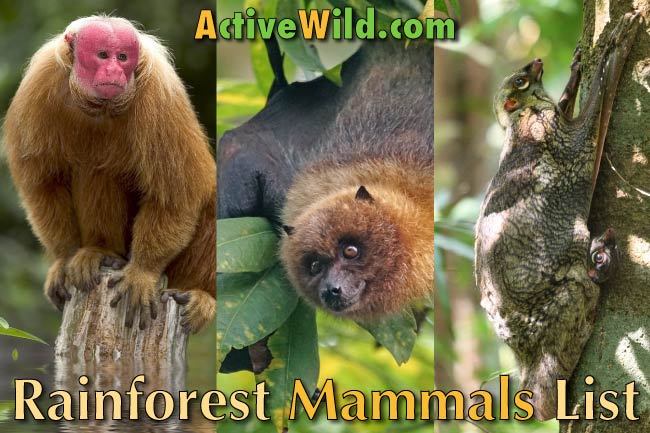
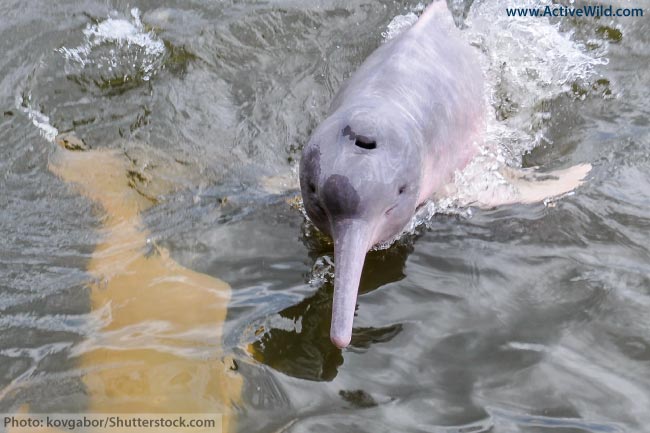

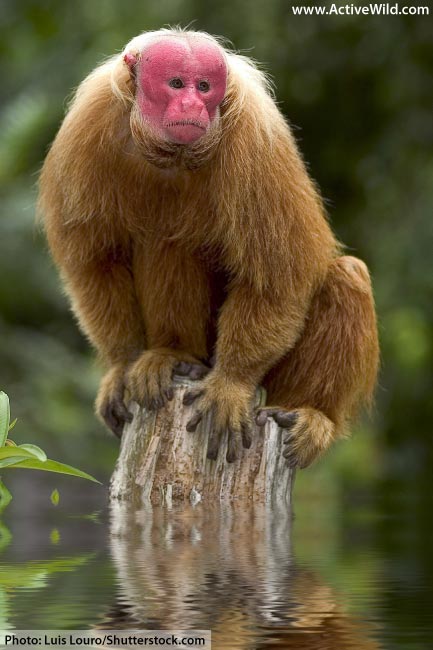
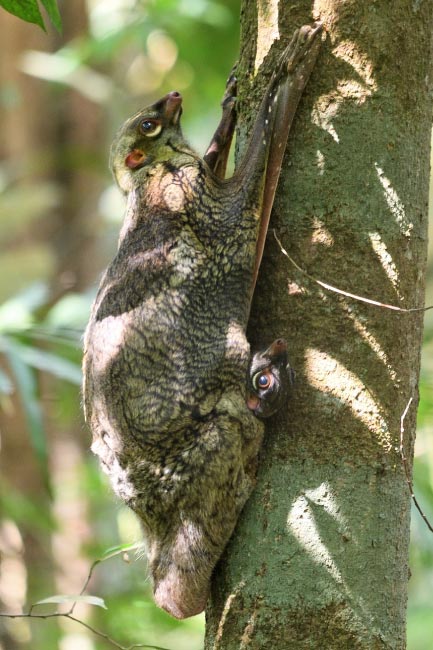
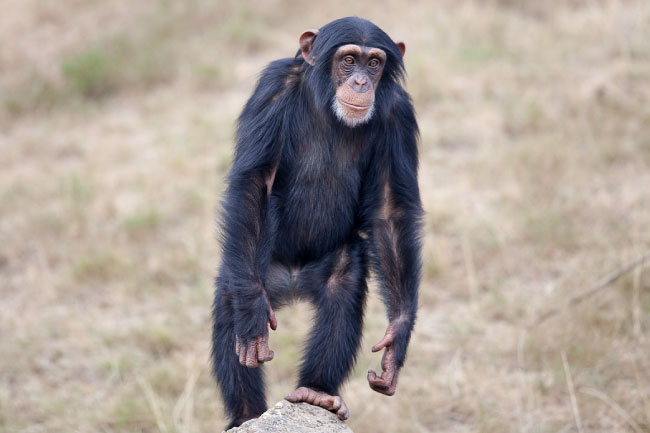
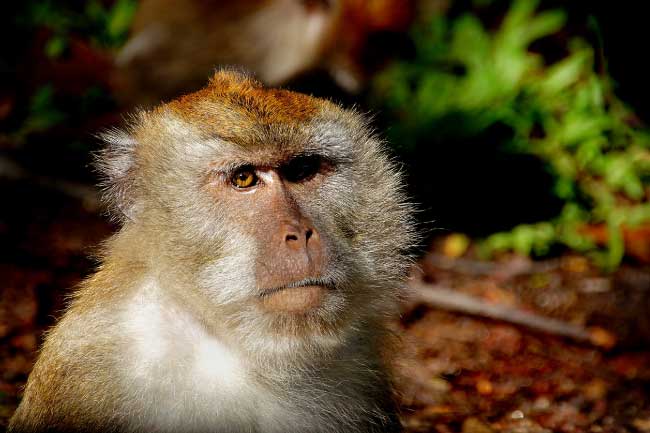
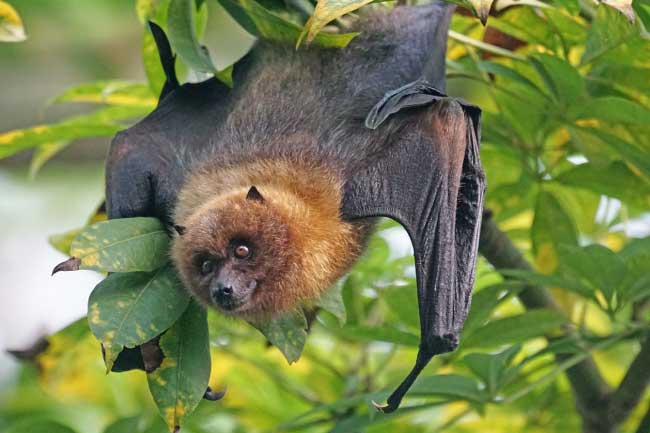

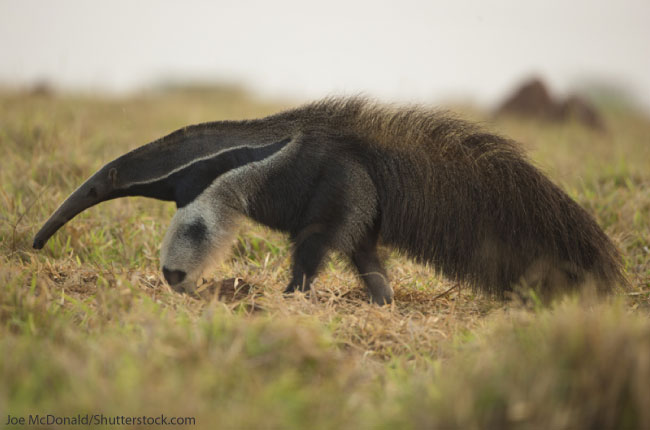
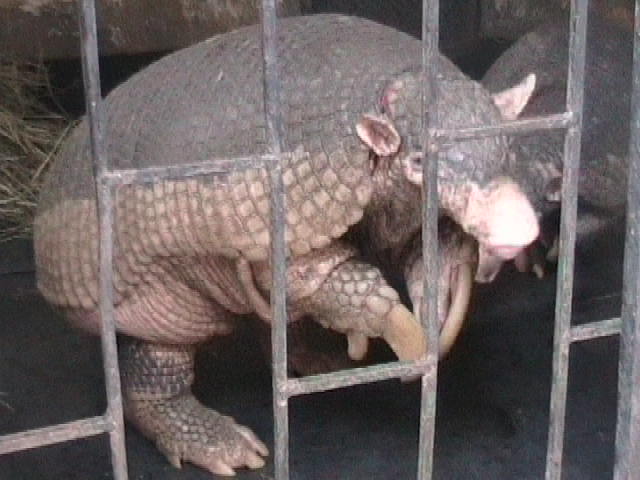


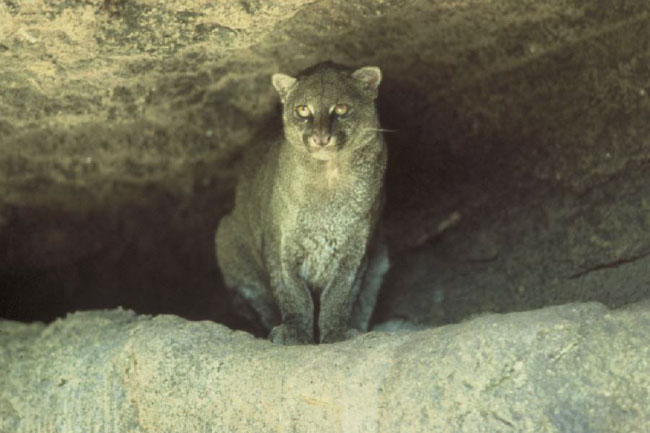
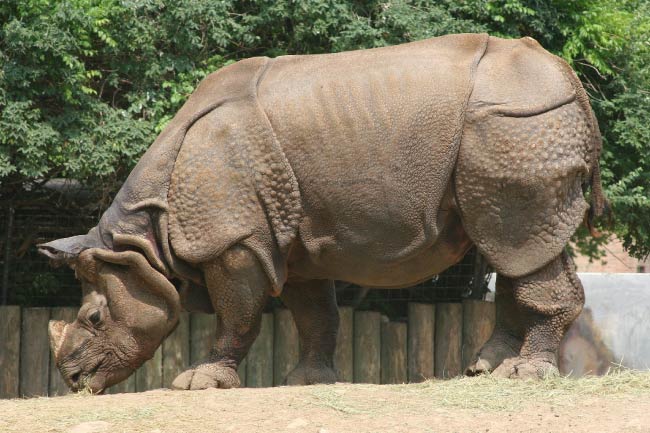
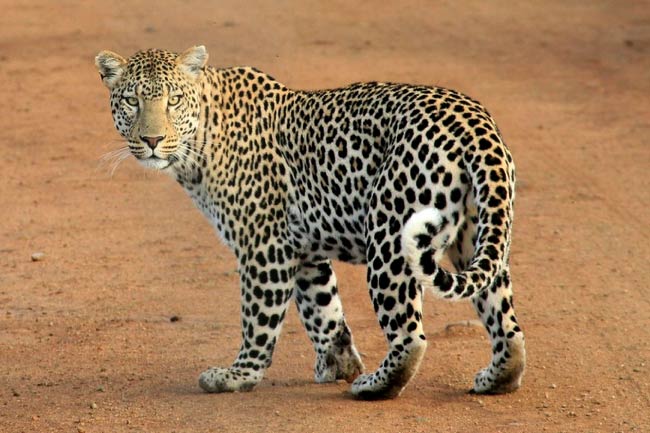

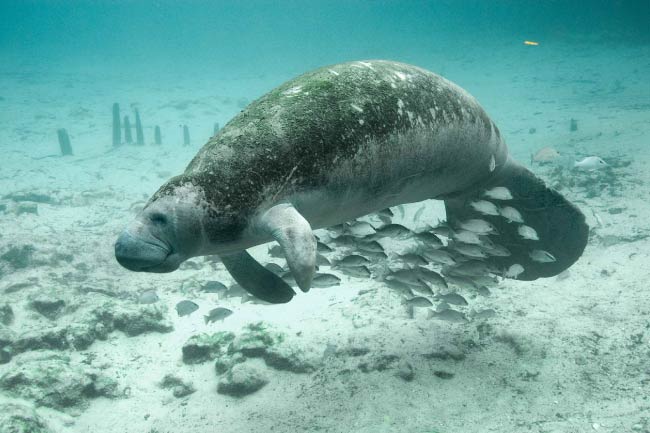
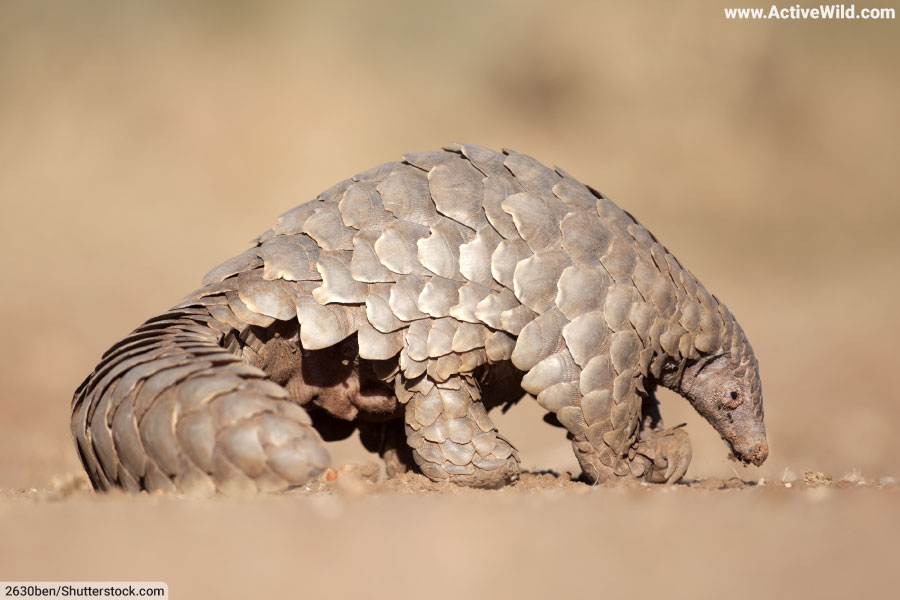
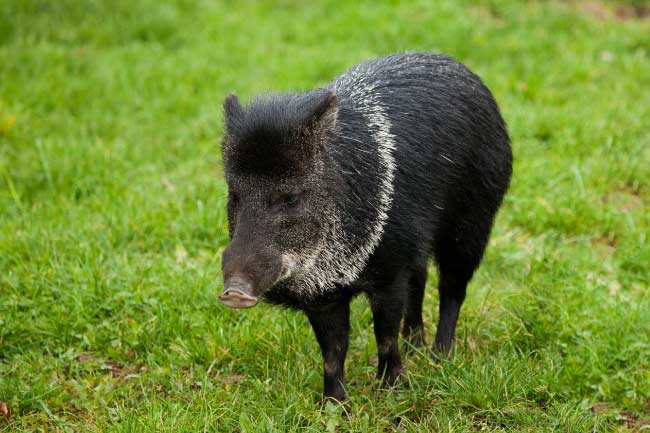

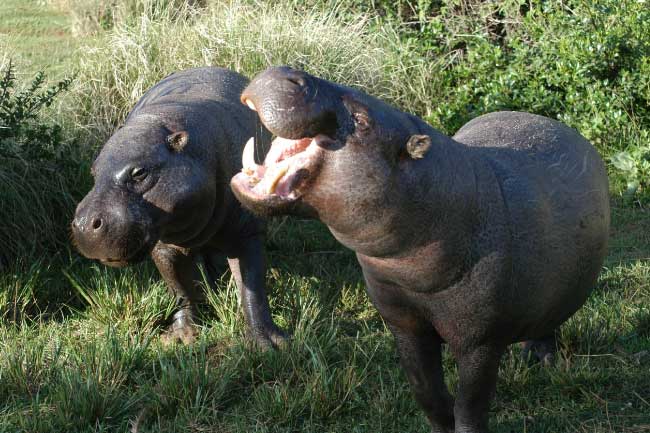

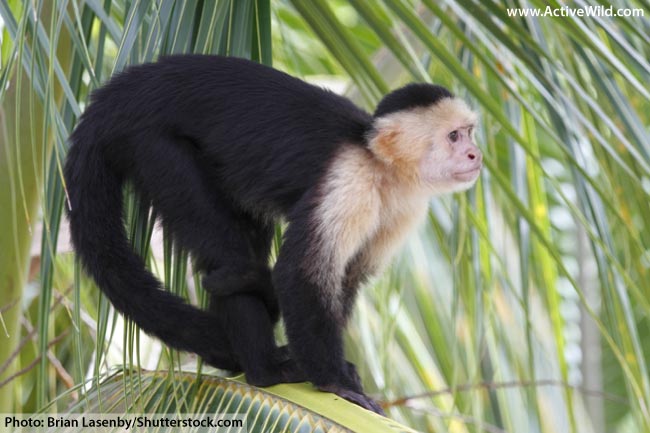
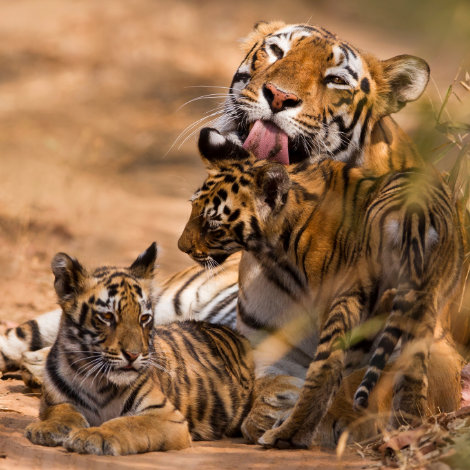
Thank you! This helped me so much with my school project!
Thank you so much! This helped me pass my grade seven exam!
Awesome! 🙂
thank u so much this helped me with my exams
That’s great to hear! 🙂
This was very helpful for my school project. thank you
You’re welcome! Glad you found the site helpful. 🙂
i don’t like this website because they have a video that doesn’t even play/work!!!!! 🙁
Hi Leighanna,
Please let us know which video isn’t working and we’ll get it fixed.
The video on this page works fine – if there’s a problem, it may be that your computer is preventing videos from playing.
Regards,
The Active Wild Team
this is a very helpful website but try and put facts about the height and stuff on the animals
Hi Baltazar,
Thank you for your comment. When we write articles on individual species we include the facts you mention. (For example if you click on the Pygmy Hippo article links you’ll find statistics such as weight, etc.)
We add links to articles about individual animals from list pages such as this one. Eventually we hope to cover all the animals on this page and the other animal list pages on Active Wild, so please bear with us!
Regards,
The Active Wild Team